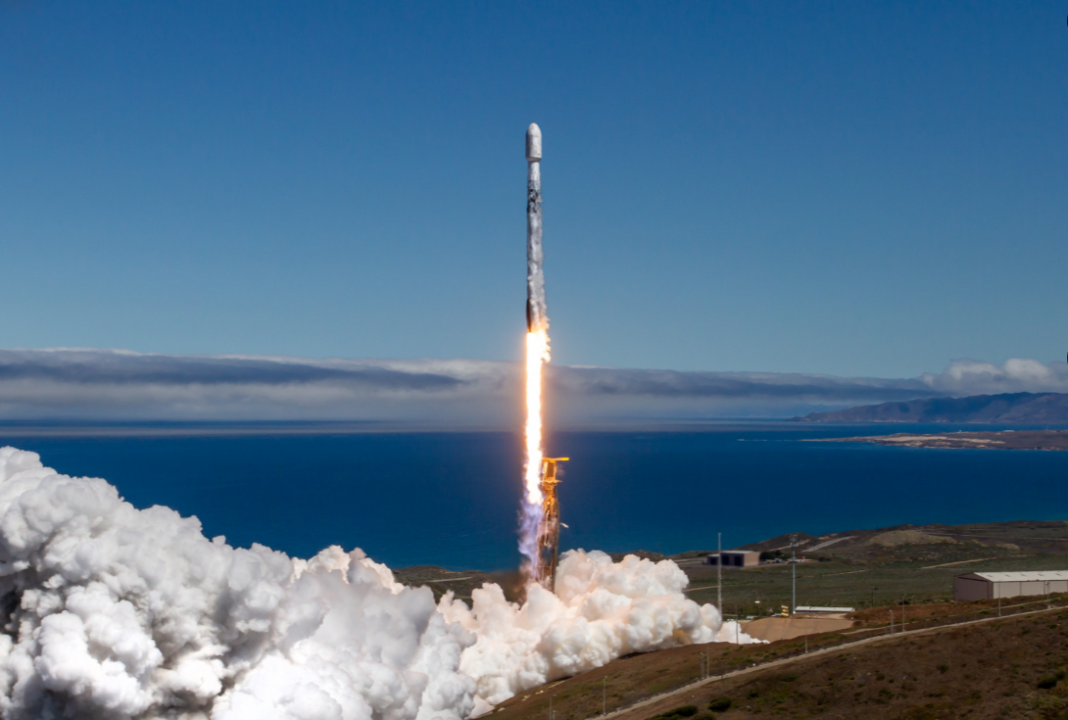In a major milestone for space science and spaceflight collaboration, a SpaceX Falcon 9 rocket successfully launched NASA’s TRACERS mission from Vandenberg Space Force Base in California on Thursday, July 24, 2025. Liftoff occurred precisely at 11:13 a.m. Pacific Daylight Time (2:13 p.m. EDT) from Space Launch Complex 4 East, sending a suite of cutting-edge science payloads into orbit.
The TRACERS mission — short for Tandem Reconnection and Cusp Electrodynamics Reconnaissance Satellites — is designed to study one of the most dynamic and least understood processes in near-Earth space: magnetic reconnection. This phenomenon occurs when magnetic field lines from the Sun and Earth interact and reconfigure, unleashing energy and accelerating particles. Understanding this process is crucial for predicting space weather events that can disrupt satellites, communications, and power grids.
TRACERS consists of two small spacecraft flying in formation. Positioned in a region of space near Earth’s magnetic cusp — where field lines from Earth’s magnetosphere funnel solar wind particles toward the atmosphere — the twin satellites will make coordinated measurements of magnetic fields, electric fields, and charged particles. By analyzing this data, scientists aim to unravel how magnetic reconnection occurs in the real environment of near-Earth space.
“TRACERS will help us answer fundamental questions about how energy from the Sun flows into Earth’s space environment,” said Nicola Fox, Associate Administrator for NASA’s Science Mission Directorate. “This mission deepens our understanding of space weather, which affects our daily lives more than most people realize.”
Launched alongside TRACERS were three additional NASA-supported payloads, making this a particularly productive mission. These included:
-
Athena EPIC (Economical Payload Integration Concept): A SmallSat platform that tests streamlined, cost-effective integration techniques for future missions.
-
PExT (Polylingual Experimental Terminal): A technology demonstration that explores advanced communication protocols and interfaces, designed to enable seamless data exchange across future spacecraft and ground systems.
-
REAL (Relativistic Electron Atmospheric Loss): A CubeSat designed to study how energetic electrons escape from Earth’s radiation belts and enter the atmosphere.
All four payloads were deployed into their targeted orbits from Falcon 9’s second stage, beginning approximately an hour after launch. The process followed a series of mission-critical milestones, including Max Q (the point of maximum aerodynamic pressure on the rocket), main engine cutoff (MECO), and separation of the Falcon 9’s first and second stages.
SpaceX confirmed a successful first-stage landing on a drone ship stationed in the Pacific Ocean, marking another step in the company’s continuing efforts to make spaceflight more sustainable and cost-efficient through rocket reusability.
This mission marks another high-profile collaboration between NASA and SpaceX, reinforcing the growing importance of public-private partnerships in the exploration and utilization of space.
With TRACERS and its companion payloads now in orbit, the focus shifts to commissioning the satellites and beginning science operations. Over the coming months, mission teams will calibrate instruments, fine-tune spacecraft positions, and prepare for the full science phase. The twin TRACERS satellites will observe magnetic reconnection events in real time, offering unprecedented insight into how the solar wind — a constant stream of charged particles from the Sun — interacts with Earth’s magnetosphere.
As solar activity intensifies heading into the next solar maximum, the findings from TRACERS could play a vital role in improving space weather forecasting and safeguarding satellites, astronauts, and technological infrastructure.
NASA officials anticipate initial science results within the first year of operation. With its unique focus and collaborative spirit, the TRACERS mission represents a leap forward in space science, solar-terrestrial studies, and satellite technology development.








